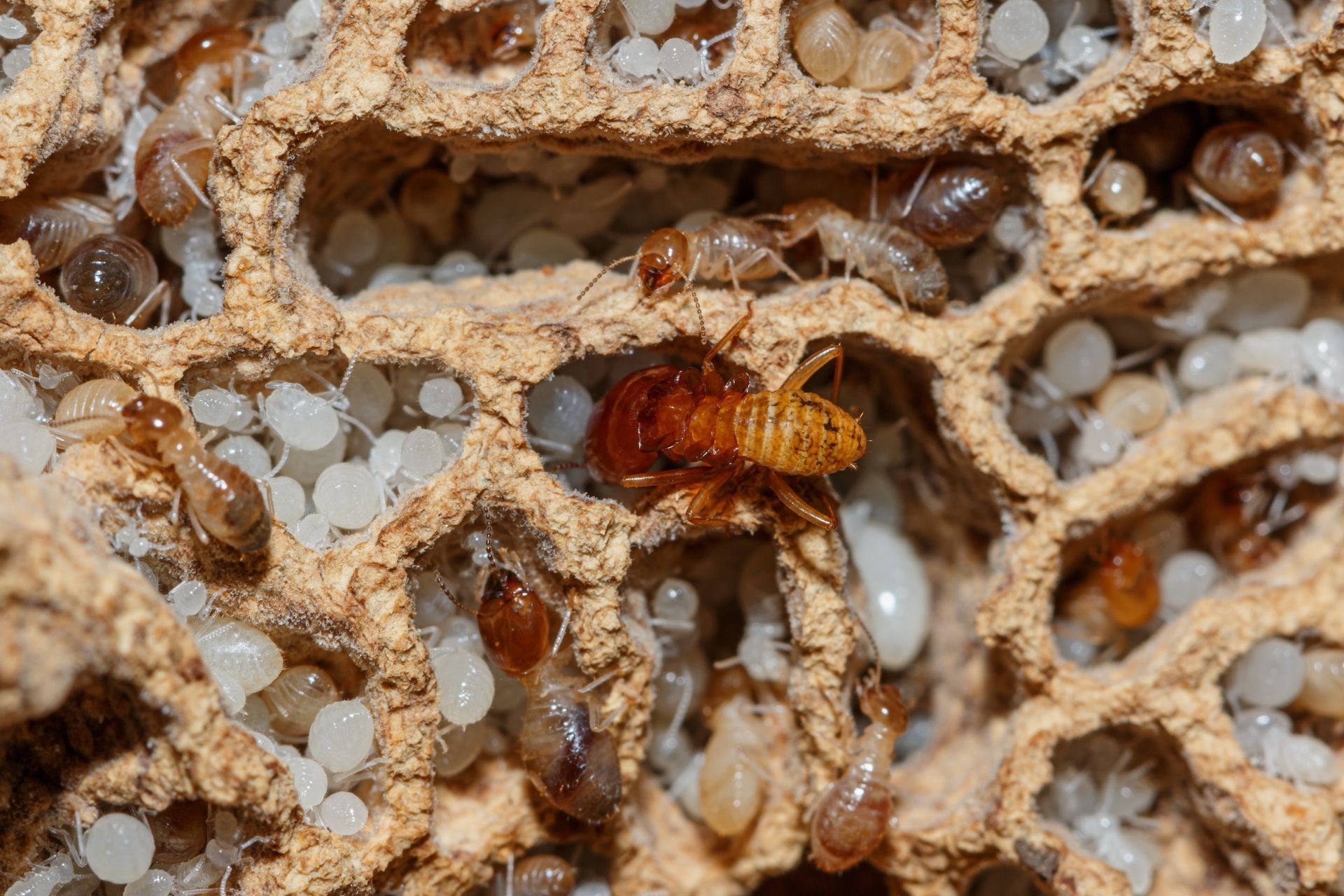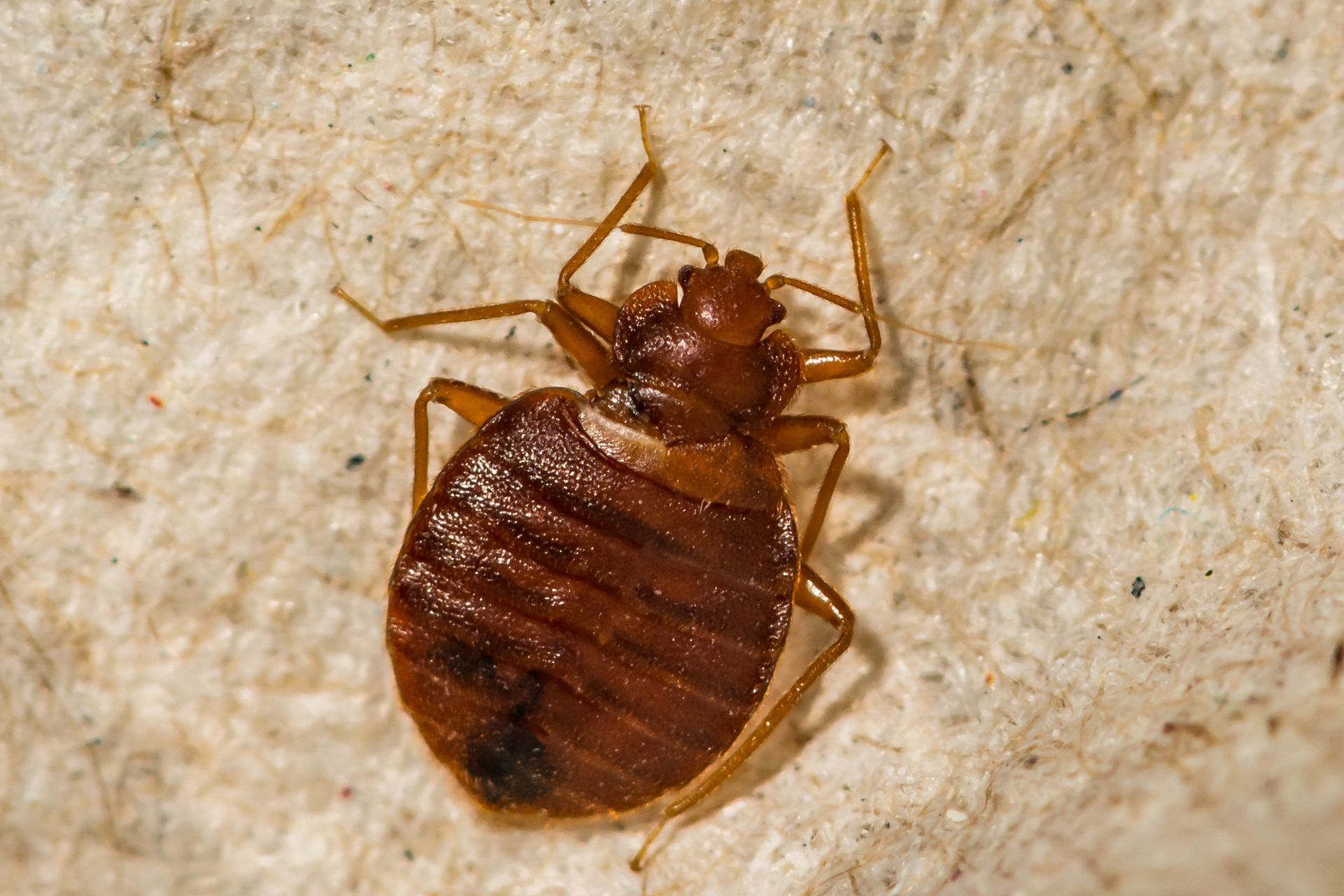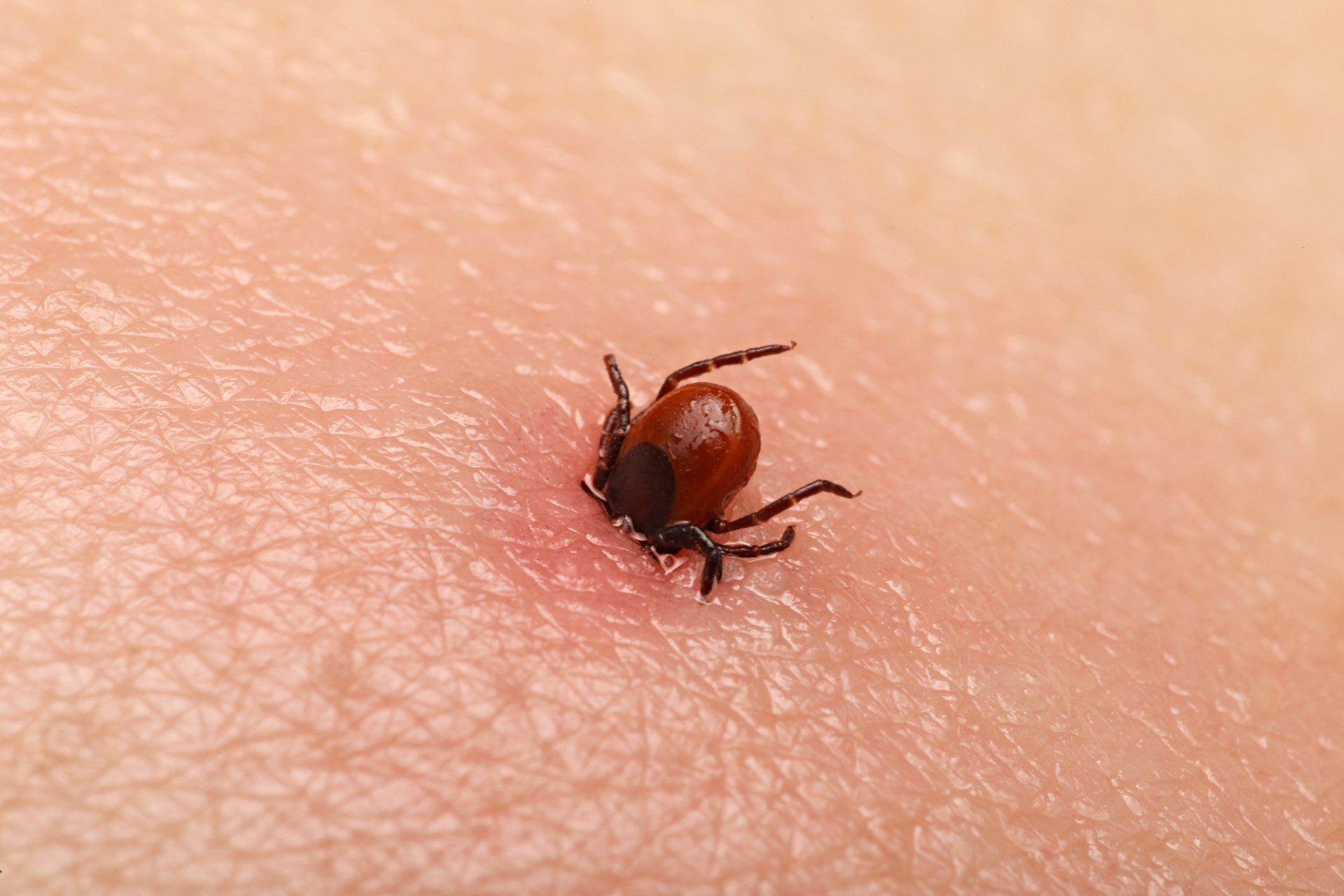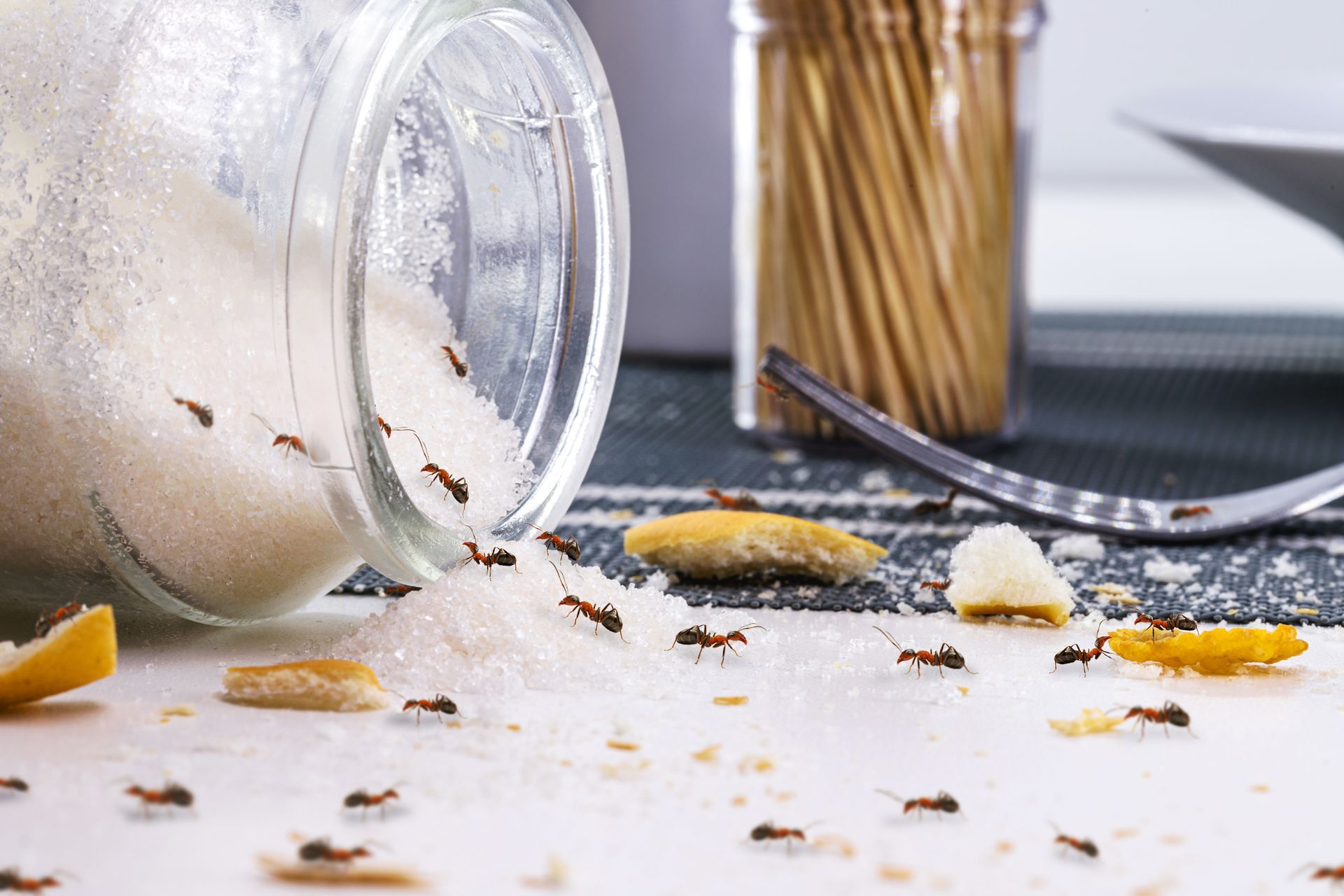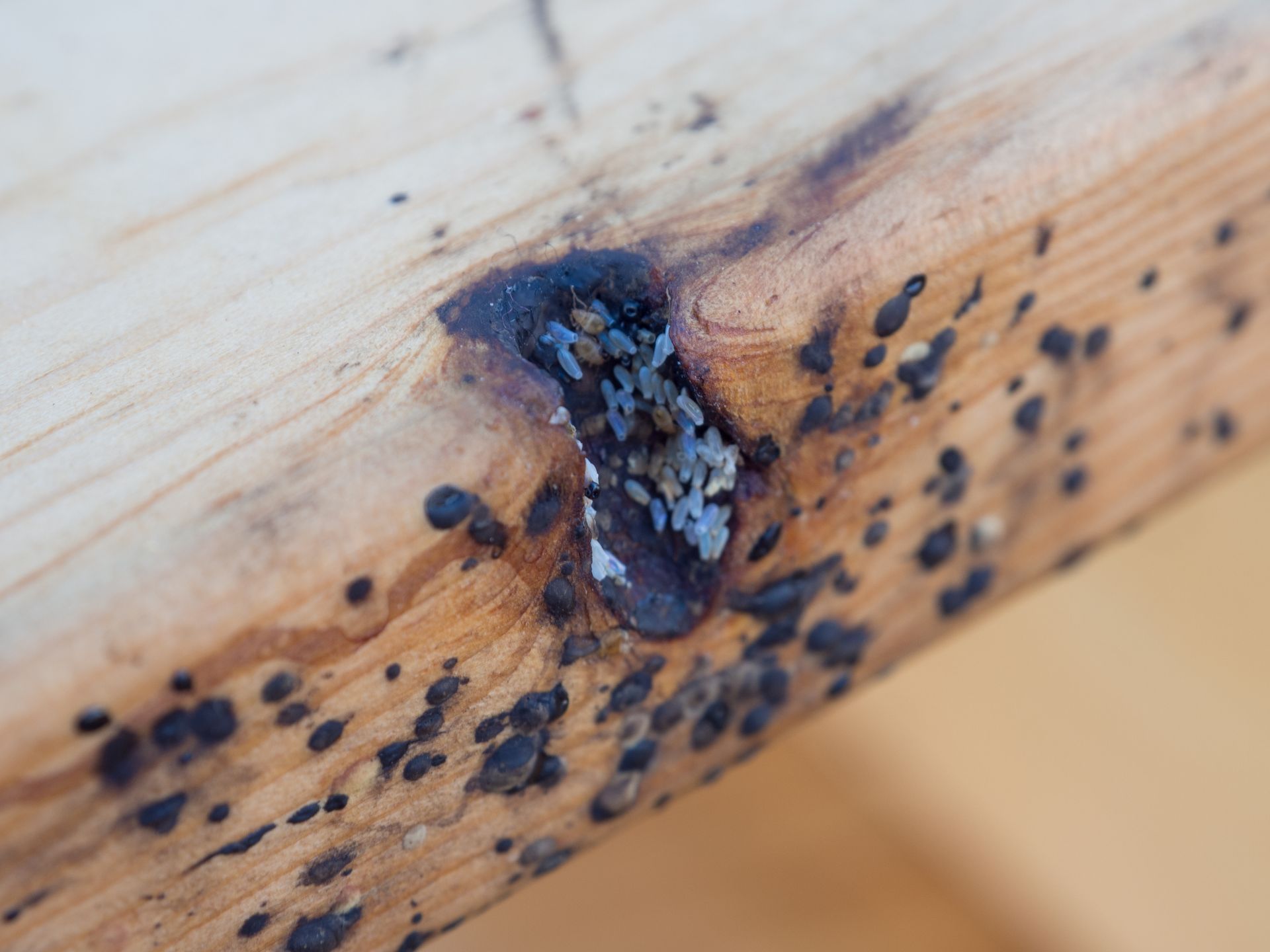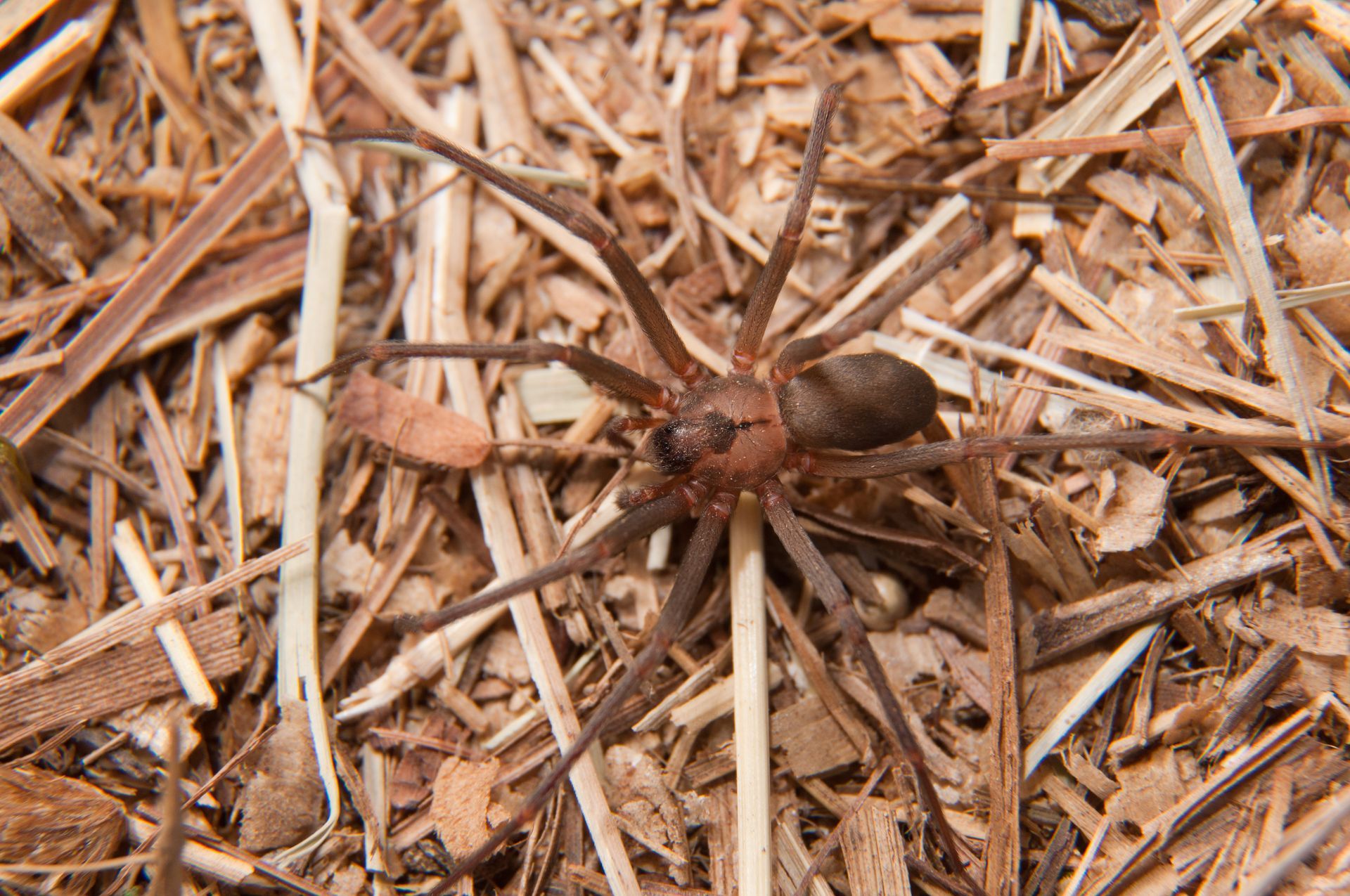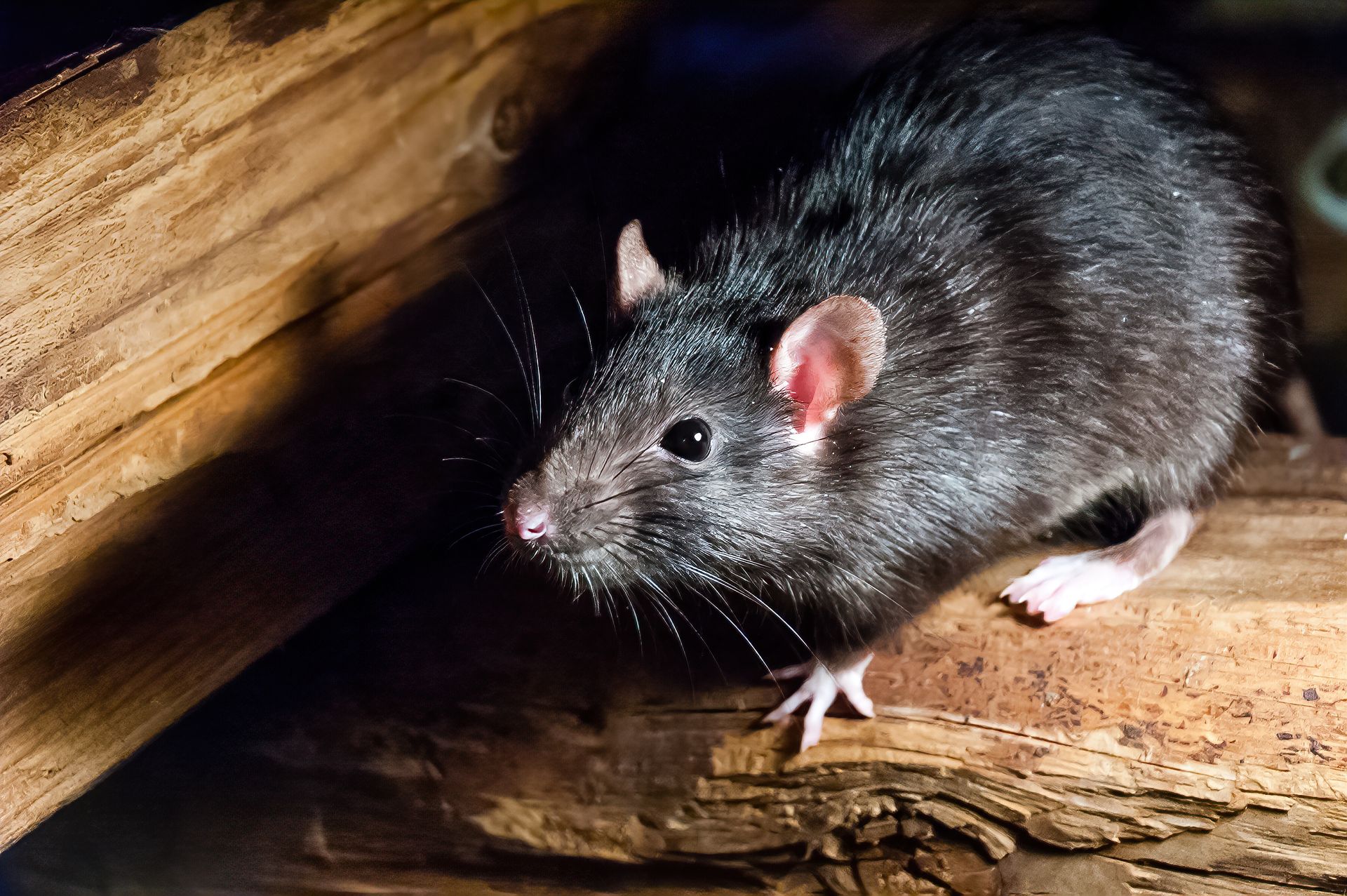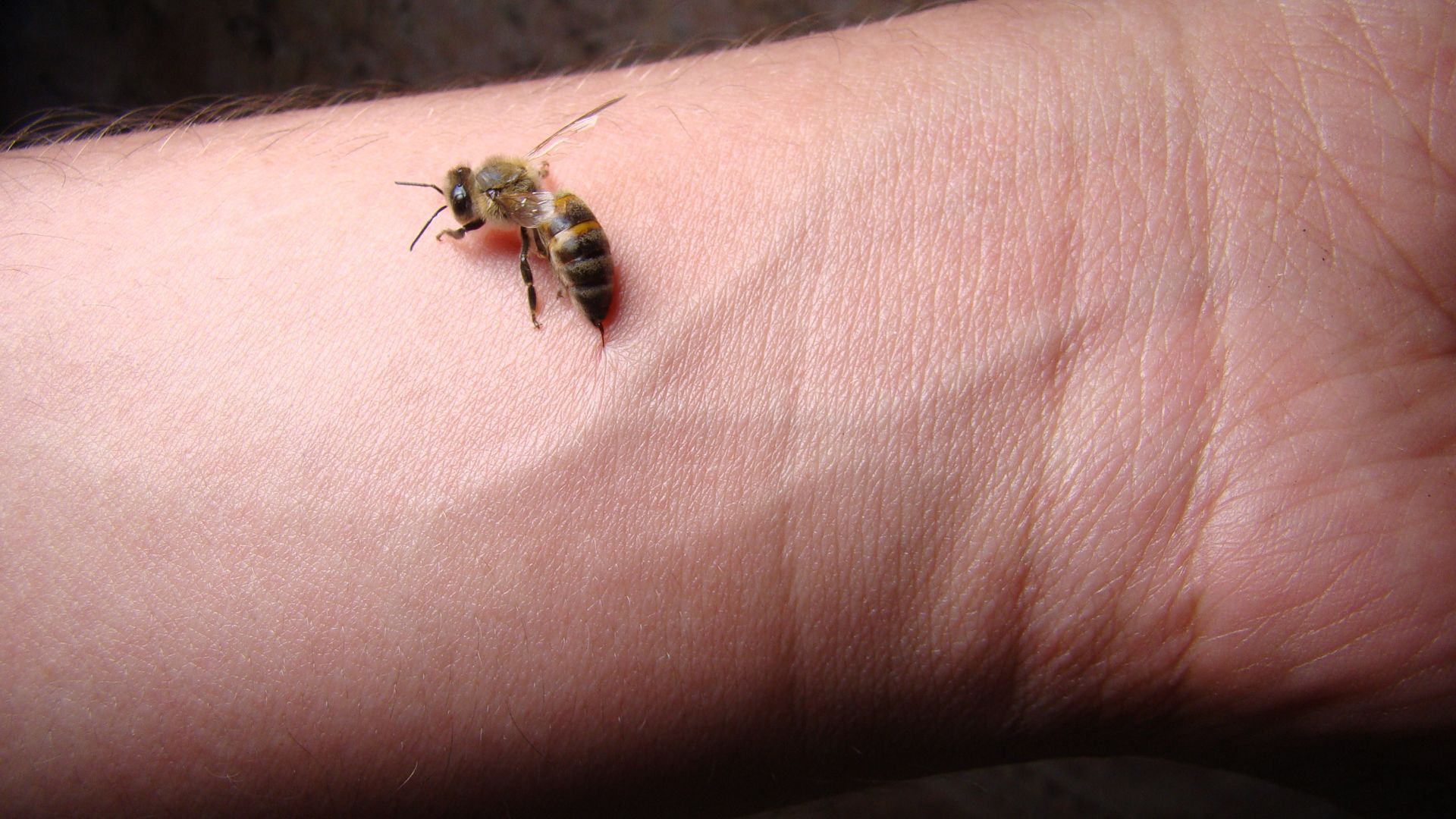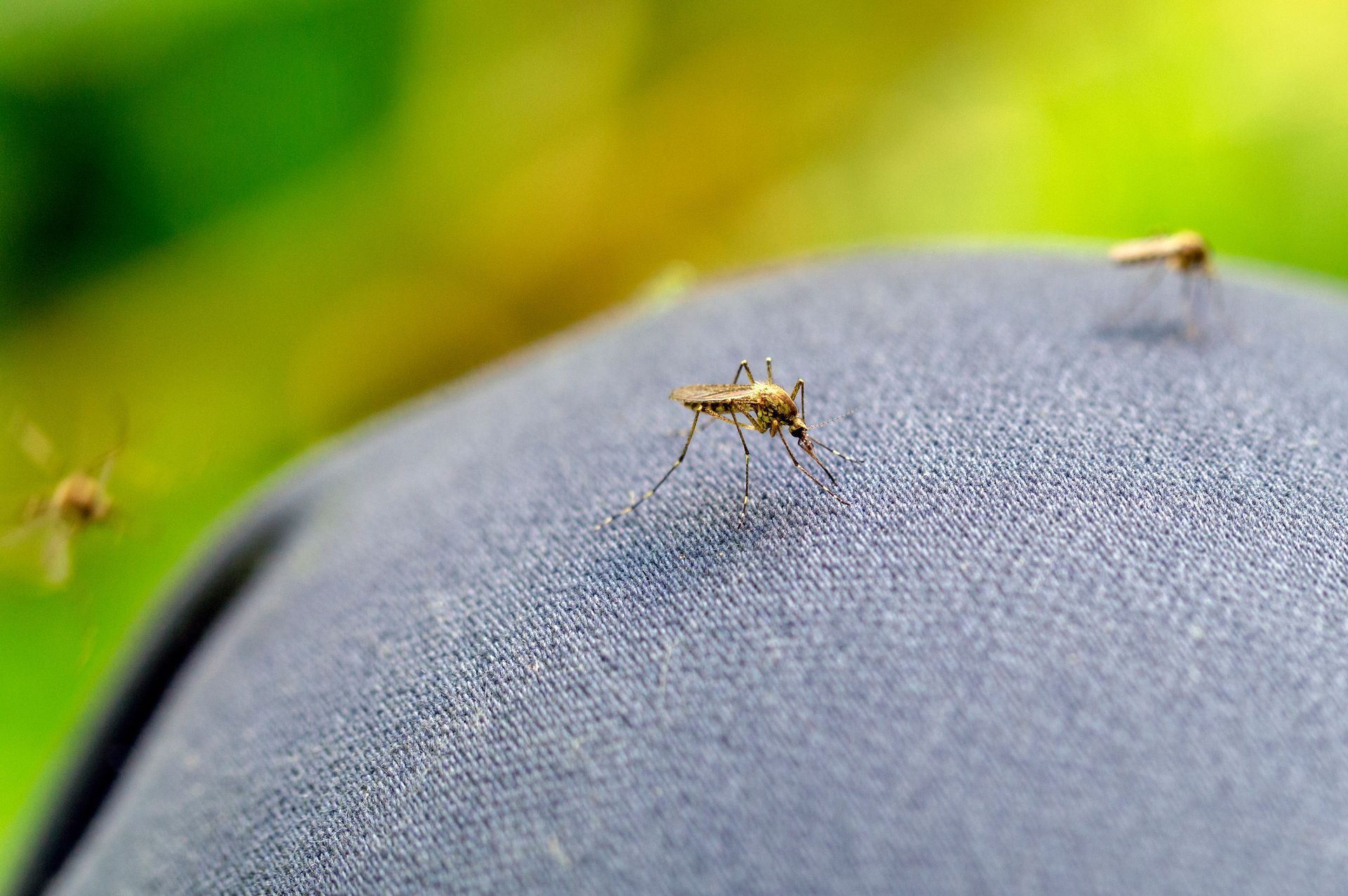Common Insects with a Stinger
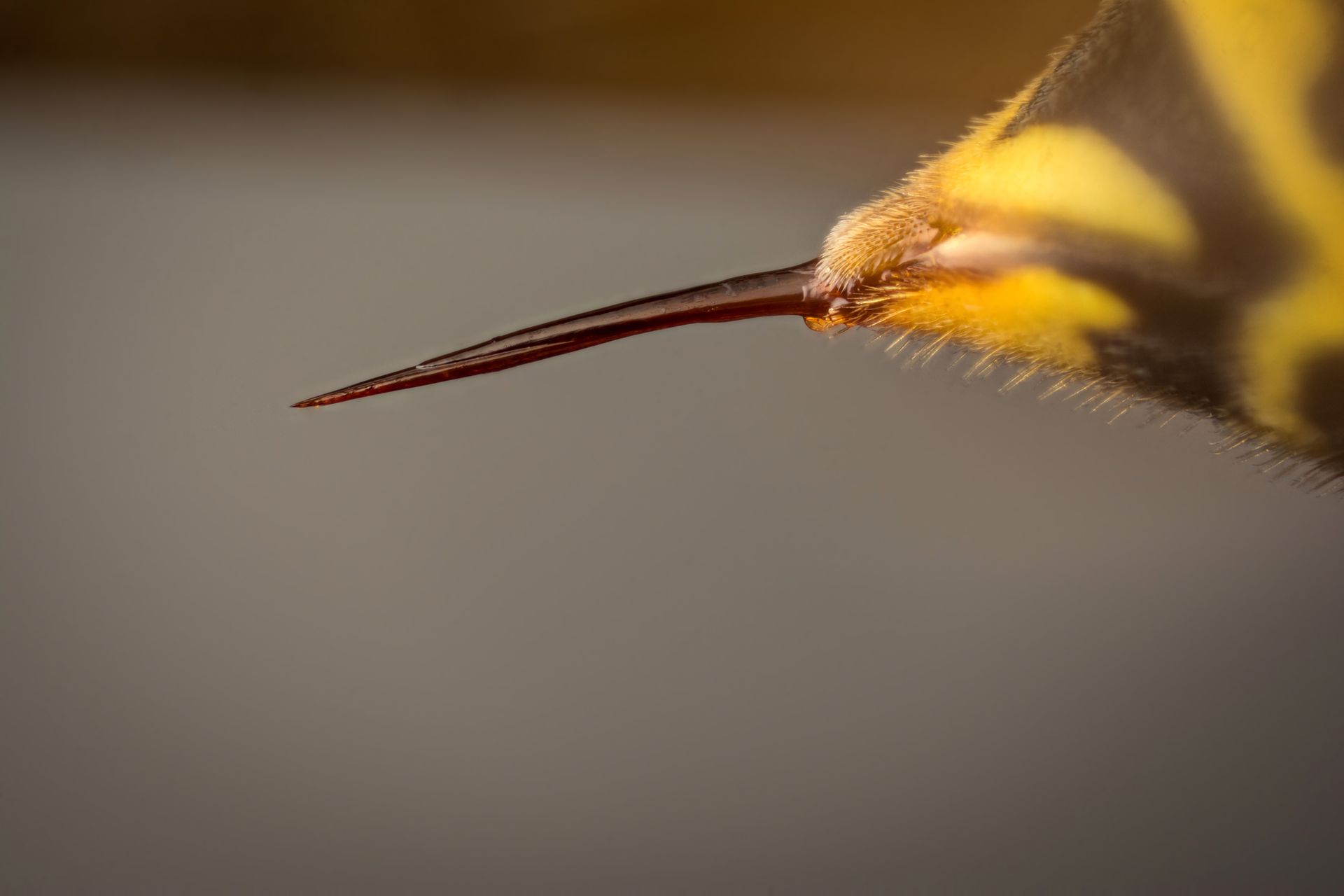
Stinging insects are responsible for sending over 500,000 people to the hospital every year. These insects include everything from bees and wasps to scorpions and even caterpillars. Stinging insects can be categorized by their method of movement, the social structure, and their evolutionary lineage. Some stinging insects provide significant benefit to their surrounding ecosystems while others cause significant damage. The different species will be explored in detail below with each species identified by features unique to each species.
How Many Stinging Insects Exist?
There are thousands of species of insects around the world that can sting. The primary stinging insects are classified as ants, bees, and wasps but there are also scorpions and caterpillars that are capable of stinging.
- While there are over 20,000 species of bees, only 4,000 species are native to the United States, and most are solitary and not considered stinging insects. That being said, the few bees that do sting are probably some of the most recognizable stinging insects that exist.
- There are also over 30,000 identified species of wasps. Out of those, 800 species are known as stinging insects.
- Out of 12,000 species of ants, it is estimated that roughly 70% of those species have the ability to sting.
- There are also close to 2,000 species of scorpions that are all capable of delivering a sting. Of those species, 30 – 40 are capable of delivering a sting powerful enough to kill a human.
- There are over 50 species of caterpillars that are capable of inflicting a powerful sting.
Of all of the possible stinging insects out there, the following list of stinging insects identifies the most common ones that most people may encounter at some point in their lives.
| Insect | Class | Type | Beneficial | Social | Diet | Aggressive | Damages |
|---|---|---|---|---|---|---|---|
| Africanized Killer Bees | Apinae | Flying | Pollinators | Yes | Pollen / Nectar | Yes | No |
| Bumble Bees | Apinae | Flying | Pollinators | Yes | Pollen / Nectar | No | No |
| Honeybees | Apinae | Flying | Pollinators | Yes | Pollen / Nectar | No | No |
| Carpenter Bees | Xylocopinae | Flying | Pollinators | No | Pollen / Nectar | No | Wood Damage |
| Bald Faced Hornets | Vespidae | Flying | Predators | Yes | Insects | Yes | No |
| European Hornets | Vespidae | Flying | Predators | Yes | Insects | No | No |
| Open Pipe Mud Daubers | Crabronidae | Flying | Predators | No | Insects / Nectar | No | No |
| Paper Wasps | Vespidae | Flying | Predators | Yes | Insects | Yes | No |
| Yellow Jackets | Vespidae | Flying | Predators | Yes | Insects / Nectar | Yes | No |
| Asian Giant Hornets | Vespidae | Flying | Predators | Yes | Insects | No | No |
| Cicada Killers | Crabronidae | Flying | Predators | No | Insects | No | No |
| Velvet Ants | Mutillidae | Ground | Predators | No | Nectar | No | No |
| Fire Ants | Formicidae | Ground | Predators | Yes | Broad Diet | Yes | No |
| Harvester Ants | Formicidae | Ground | Farmer | Yes | Insects / Seeds | Yes | No |
| Scorpions | Arachnida | Ground | Predators | No | Insects / Animals | No | No |
| Puss Caterpillars | Megalopygidae | Plant | No | No | Plants / Leaves | No | Plant Damage |
| Saddleback Caterpillars | Limacodidae | Plant | No | No | Plants / Leaves | No | Plant Damage |
| Hag Moth Caterpillars | Limacodidae | Plant | No | No | Plants / Leaves | No | Plant Damage |
Stinging Flying Insects
The first and most common type of stinging insects are those with the ability to take flight. Flying insects that sting are the most common type of stinging insects that most people are familiar with.
Africanized Killer Bees
The Africanized honeybee is a relatively new species that originated in South America in the 1950’s when African honeybees were bred with South American honeybees. Since then, they have become an invasive species that appeared in the US for the first time back in the 1980’s. They first appeared in California and Texas before spreading through the rest of the southern and western states. They share many similarities with European honeybees, including their social structure and hives. Unlike European honeybees which are normally docile, Africanized honeybees are notorious for being extremely aggressive. They are territorial and will attack a perceived threat without provocation and swarms have been known to pursue their targets for over a quarter mile. For this reason, they have earned the name “killer bee” due to the fact that they are capable of causing serious harm to humans. Even though they are dangerously aggressive, they are still pollinators and considered beneficial insects that are critical to their surrounding ecosystems.
Honeybees
The most common species of honeybees that are found in the US are European honeybees. They feed primarily on nectar and pollen which make them beneficial pollinators that play a critical role in the natural balance of their surrounding ecosystems. Not only do they play a critical role in maintaining biodiversity, they are also critical to the human food supply. European honeybees are said to be responsible for the propagation of over 100 crops that humans rely on. While these insects are capable of stinging people, they are naturally docile and won’t act aggressively unless they think their nests or queen are under threat. When bees are forced to sting, the barbs on their stinger cause the stinger to get stuck in their target which causes the bee to disembowel themselves and die. In terms of medical risk, the biggest threat honeybees pose is causing an allergic reaction that can cause hospitalization and even death.
Bumble Bees
Bumble bees are another common bee species that is native to North America. They are beneficial pollinators that play a similar role in their ecosystems to honeybees. They are larger than honeybees and covered in yellow and black fuzz. Unlike honeybees, bumble bees mostly nest in cavities found underground. While they are capable of delivering a painful sting, bumble bees are typically gentle and will not act aggressively unless they feel threatened. While they are social insects, bumble bees live in colonies that contain far fewer bees than honeybees.
Carpenter Bees
Carpenter bees make up a class of bee species that are wood destroying insects. They are known for burrowing into wood to create their nests. They do so by chewing on wood and ripping off tiny shreds to open up caverns they can lay their eggs in. While they are capable of causing significant damage, they don’t actually eat the wood, they just break it down and discard it to make space for their young. Even though they create space for their eggs and larvae, carpenter bees are not social insects. They do not have a queen bee like other bee species. Once carpenter bees develop into adults, they will leave the nest ready to mate and create a nest of their own. Even though this species made the list, it is important to note that only female carpenter bees have a stinger and are capable of stinging perceived threats.
Bald Faced Hornets
Bald faced hornets are actually closer to yellow jackets than other hornets but they are referred to as hornets due to their size and behavior. Bald faced hornets are territorial and aggressive and will attack with little provocation. It doesn’t take much to disturb these insects so getting too close, being loud, or jostling the nest can all trigger a swarm to attack. They are identified by their white face and are commonly found in paper nests that are high off the ground in branches or eaves. The benefit of these nests being so high in the air is that interaction with a nest is much less likely. In addition to being able to sting repeatedly, bald faced hornets can also squirt their venom at anything the feel is a threat. Even though they do pose a threat, bald faced hornets are still considered a beneficial insect because they feed on pests like flies.
European Hornets
European hornets are also known as giant hornets and were introduced to New York back in the 1800’s. Since then, they have proliferated and can now be found across the Eastern and Midwestern states. They are social insects that live in paper nests that resemble a large football. These nests are usually connected to trees, buildings, and sometimes in the ground. They create their nests by chewing up cellulose found in tree bark and regurgitating it into paper that they use to build their nests. While they are less aggressive than bald faced hornets and yellow jackets, they can still be territorial and deliver painful stings. While they can cause painful stings, European hornets are still considered beneficial insect because they feed on common agricultural pests like grasshoppers, crickets, and caterpillars.
Open Pipe Mud Daubers
Mud daubers are a common species of wasp that makes their nests using a series of open tubes made out of mud. This is how they earned the name “open pipe” mud daubers. These flying insects have slender, shiny, black bodies that can grow between ½ to 1 inch long. These insects are different than other wasp species because they are solitary and not aggressive even though they are capable of delivering a painful sting. They are beneficial insects that feed on spiders that they collect and feed to their young.
Paper Wasps
Similar to European hornets, paper wasps create nests made out of chewed up cellulose. The difference between the 2 is that paper wasps create umbrella shaped nests that have the cells open towards the ground. These wasp nests are commonly seen around a home where they hang from the eaves. Paper wasps are social insects that live in small colonies. They are normally docile but can become somewhat aggressive if threatened. When they feel threatened, they are capable of repeatedly delivering painful sting. Even still, they are considered beneficial insects because they feed on caterpillars that can cause significant damages to crops.
Yellow Jackets
Yellow jackets are notoriously aggressive stinging insects that can swarm whenever they feel threatened. This is problematic because yellow jacket nests can grow to reach up to 4,000 individuals inside of a colony. The other problem is that yellow jackets will feed on things like sweets and proteins. In a natural setting, this usually means nectar from flowers and other insects. However, when humans are close by, this could mean sweet drinks including sodas as well as things like meat products which is why they are a common picnic invader. Their nests are usually found underground but can also be found in hollow trees, wall voids, and attics.
Asian Giant Hornets
Asian giant hornets are the most recent US addition to the stinging insect list. The first sighting of these insects was from Washington back in 2019. Since then, their presence has spread any where they can find low altitude forests. The issue with these hornets is that they are large and deliver a particularly nasty sting. In fact, they have earned the nickname “murder hornets” because they kill as many as 50 people every year. Luckily, they are not extremely aggressive or territorial.
Cicada Killers
Cicada killers are a large solitary wasp species that nests underground. They are considered a beneficial insect because they earn their name by providing pest control against cicadas which are an extremely problematic pest that damages trees. Even though they are not particularly aggressive towards humans, female cicada killers still have a stinger that they can use to defend themselves if they feel their nest is threatened.
Crawling Stinging Insects
While discussing stinging insects, most people immediately think about flying insects with stingers. It is important to remember that ants and scorpions are also very capable of delivering a painful sting.
Velvet Ants
The name velvet ant is misleading because this species of insect is not an ant, it is actually a wasp. The reason they are called ants, is because this species of wasp is wingless and spends its life crawling around like ants do. That being said, they share a very specific similarity with other wasps, and that is the stinger that they can use to deliver painful stings. Velvet ants are generally not aggressive so it is unlikely that human will get stung, but it is possible if they feel threatened. These “ants” are solitary insects that feed mostly on nectar but will also sometime infiltrate the nests of other insects to feed and lay eggs. When this occurs, the velvet ant eggs hatch and feed on whatever insect is close by.
Fire Ants
Fire ants have quickly become the most problematic ant species in North America. They are commonly found all over the southern and western states and have displaced several species of native ants. Fire ants are problematic because they can deliver painful bites as well as stings. When they sting, they inject venom which can cause painful little blisters. The other issue, is that fire ants are extremely territorial and aggressive which means they will swarm threats to their nests much like yellow jackets or wasps would. When this happens, the fire ants’ target can be swarmed with as many as 200,000 fire ants.
Harvester Ants
Harvester are another prominent species of stinging ants that can deliver an extremely painful sting whose pain can last for several hours. Even though they are potentially dangerous, they do act as beneficial insects for a unique reason separate from being a pollinator or beneficial predator. These ants create large underground colonies that aerate the soil around their nests. They also collect and feed on seeds as their primary food source so these seeds get dispersed throughout their colonies where they can germinate. When this occurs, harvester ants have assisted in increasing the biodiversity of their ecosystem.
Scorpions
Scorpions are a class of arachnids that contains several thousand species, all of which have a scorpion tail that is attached to powerful stinger. Scorpions are not aggressive at all and are much more likely to stay hidden in places where they won’t be disturbed. They come out at night to hunt so interactions with scorpions are rare but during the day they may hide inside of shoes or under patio furniture where they may become disturbed and sting someone. When this occurs, they deliver venom that can cause pain, swelling, and in severe cases convulsions and even death.
Stinging Caterpillars
The least recognized classification of stinging insects includes caterpillars. Most people are not even aware that stinging caterpillars exist because they don’t have stingers in the traditional sense like bees or scorpions. Instead, they often have hairs or spines like a porcupine that are connected to poison sacs. When these hairs come into contact with something, they can deliver a small dose of poison that can result in serious pain and discomfort.
Puss Caterpillars
Puss caterpillars are typically about 1 inch long and covered in yellow, grey, or reddish hairs. Each of these hairs are hollow spines that can deliver a small dose of venom. If a human happens to touch a puss caterpillar, they will be stung and experience swelling and numbness followed later by severe pain and itching. They are commonly found on trees and shrubs in southern states around Texas. Be sure to avoid touching these caterpillars to avoid getting stung.
Saddleback Caterpillars
Saddleback caterpillars are easily identified by the patterns on their bodies. They are about 1 inch long and has a green body with brown patches at each end as well as on their back. The brown patch on their back looks like a saddle which is where they earned the name. The edges of the saddleback caterpillar’s body has little knobs that are covered in small hairs that are actually tiny spines that can deliver painful stings.
Hag Moth Caterpillars
The hag moth caterpillar looks extremely unique and interesting with an orange body that is covered in what looks like several prehensile arms that extend from the main body. Each side of the body has 6 of these “arms” and they alternate between long and short. In addition to these arms, the hag moth caterpillar is covered in a series of thin white hairs that are in disarray, which is how it earns the name “hag” moth caterpillars. Each of these hairs is actually a thin spine that can deliver a painful sting.
Why Are Social Insects with Stingers More Dangerous?
Each stinging insect presents some level of danger, but social stinging insects are far more dangerous due to the nature of how they attack perceived threats. Social insects will act in unison to defend their colonies. They attack as swarms which can overwhelm their targets, which includes humans. Social insects like bees, wasps, hornets, and ants can also release pheromones that indicate to the rest of their colony that they are under attack or need to defend against a threat. When this occurs, the pheromones will draw out the rest of the colony to come attack. This can mean that one stinging insect can quickly become several thousand stinging insects. When this occurs, the venom that is injected with each sting can overwhelm the bodies of their targets and potentially induce systemic anaphylaxis.
Are There Insects with Stingers that Don’t Sting?
While insects with stingers typically use them for some purpose, there are plenty of insects with stingers that are not aggressive and won’t use their stingers against humans. Insects like cicada killers, mud daubers, and several species of ants that can deliver a sting but won’t pose a threat to humans. Most of the time, these insects will use their stingers to subdue their prey or defend themselves.
How to Avoid Getting Stung
Avoiding getting stung is generally as simple as avoiding anywhere stinging insects are active. That being said, it is helpful to know when and where stinging insects are commonly found. Stinging insects are most active during warm months, and generally become more aggressive the closer it gets to colder temperatures. This is because stinging insects will become more territorial as food becomes scarce. Coming into direct contact with a stinging insects’ nest isn’t common but it does occur occasionally. When this happens, be sure to avoid making sudden movements that may aggravate the insects and remove yourself from the general area as fast as possible. If a stinging insect’s nests is found somewhere it can’t be avoided, professionals should be enlisted to come help remove the nest.
Possible Outcomes After Getting Stung
Most people that get stung will experience a short period of pain, burning, swelling, and discomfort. This pain may last anywhere between a few minutes to several hours. Other less fortunate individuals may experience severe symptoms including an allergic reaction which could result in anaphylactic shock. This impacts up to 4% of the population but when this happens, the immune system recognizes the venom injected by a sting and reacts instantly with any of the following symptoms:
- Nausea
- Chest constrictions
- Difficult breathing
- Drop in blood pressure
- Unconsciousness / death
What Should You Do If You Get Stung
If someone gets stung by a stinging insect, it is important to remove the stinger, so it is no longer able to inject venom. This should be done by scraping the sting out rather than trying to pinch the skin to push the stinger out. The reason behind this is because pinching the skin to push the stinger out will actually cause more venom to be injected into the skin. After the stinger is removed, the sting site should be washed with soap and water before applying a cold compress to help with swelling. Any itchiness should be treated with hydrocortisone cream or calamine lotion to provide relief. If symptoms of an allergic reaction happen, it is important to seek medical attention as soon as possible. You should also check to see if the stung person has been prescribed a EpiPen by their physician. Administering an EpiPen as instructed in the prescription can save an individuals life if used early in the reaction. It is important to know that even with an EpiPen, medical attention is needed to ensure that symptoms do not return after the EpiPen wears off.
Stinging Insect Control Tips
Individuals can implement exclusion strategies that can keep stinging insects out of a home or business, but stinging insect control should always be left to professionals. Stinging insects present a serious threat to individuals untrained in removal. It is also important to know which stinging insects are beneficial so as to not kill pollinators that play a critical role in their ecosystems. Individuals can assist with stinging insect control by taking notes on the type of stinging insect they are dealing with and where they are active / where their nests are.
Contact EcoGuard If You are Dealing with Stinging Insects
If you are currently dealing with any species of stinging insect, it is important to enlist the help of qualified and trained professionals. EcoGuard Pest Management has a team of stinging insect control experts ready to come inspect your property and identify and treat any problematic areas that show signs of stinging insect activity. Call today to schedule an inspection with on of our pest control technicians.
Stinging Insect FAQs
-
What is the most common stinging insect?
The most common stinging insect is the European honeybee. This stinging insect is a beneficial pollinator that provides significant benefit to the ecosystems they are found in. Other than honeybees, the other well-known stinging insects include wasps, hornets, and yellow jackets.
-
What is a stinging insect called?
The stinging order of insects is called Hymenoptera, which includes wasps, bees, and ants. This order makes up an overwhelming majority of insects with stingers.
-
What kind of insects can sting you?
The most common insects that can sting you include species of bees, wasps, and ants. The other common bug that can sting are scorpions, but they are arachnids and not classified as insects.
Request A Free Estimate
We will get back to you as soon as possible
Please try again later
Immediate Service Available
Services
Customer Care
Legal
Working hours
- Mon - Sun
- -
All Rights Reserved | EcoGuard Pest Management | All Phone Calls Recorded | By Using Website You Agree To Terms Of Use



